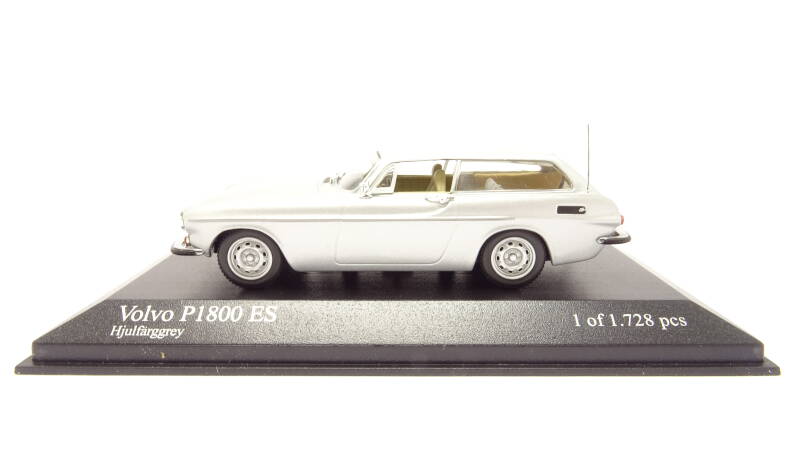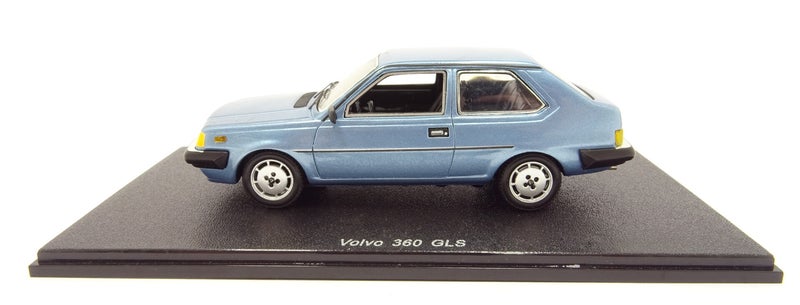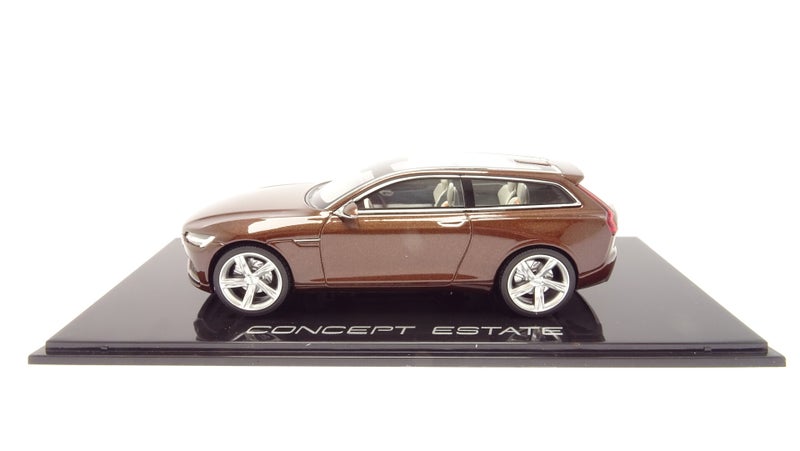

Volvo – which means "I roll" in Latin, from the infinitive form "volvere." It was originally a name for a ball bearing being developed by SKF.
The Volvo Group is a Swedish multinational manufacturing corporation headquartered in Gothenburg. While its core activity is the production, distribution and sale of trucks, buses and construction equipment, Volvo also supplies marine and industrial drive systems and financial services. In 2016, it was the world's second-largest manufacturer of heavy-duty trucks with its subsidiary Volvo Trucks.


Headquarters Gothenburg, Sweden, 1927-1999

Parent: Ford, Detroit, Michigan, 1999-2010

Parent: Zhejiang Geely Holding Group, Zhejiang, China, 2010-now


PV series

Volvo PV is a model name that Volvo used on a number of automobiles during the company's first forty years. Volvo PV is also the short form for Volvo Personvagnar (dir.trans: Volvo person wagon).
The PV quickly earned a reputation for being strong and rugged, although the design was considered outdated from early on.
The last production of the PV was October 1965, some were sold in 1966 and titled as such, but last model year is 1965. The Duett's utility allowed Volvo to continue the wagon's production through the 1969 model year.



120 series

The Amazon/ 120 series was originally manufactured at Volvo's Lundby plant in Gothenburg and subsequently at the company's Torslandaverken plant, which began operating in 1964. By the end of production, 234,653 four-door models, 359.917 two-door models and 73.220 station wagons had been produced, of which 60% were exported; for a total of 667.791 vehicles.



p1800

The Volvo P1800 is a 2+2, front-engine, rear-drive sports car manufactured and marketed by Volvo Cars between 1961 and 1973. Originally a coupé (1961–1972), it was also offered in a shooting-brake configuration toward the end of its production (1972–1973). Styling was by Pelle Petterson under the tutelage of Pietro Frua when Frua's studio was a subsidiary of the Italian carrozzeria Ghia, and the mechanicals were derived from Volvo's Amazon/122 series.

set of 1800e and 1800es https://www.youtube.com/watch?v=glAdMeJ7c-o







200 series

The Volvo 200 Series (or 240 and 260 Series) is a range of mid-size cars produced by Swedish company Volvo Cars from 1974 to 1993, with more than 2.8 million total units sold worldwide. Like the Volvo 140 Series (1966 to 1974), from which it was developed, it was designed by Jan Wilsgaard.
The series overlapped production of the Volvo 700 Series (1982 to 1992).




set of 240 sedan and station https://www.youtube.com/watch?v=EpBFM9ojJBY





66 series

By taking a majority stake in DAF Personenwagen B.V. in 1975, Volvo expanded its model range downwards: the 'small Volvo' that was marketed as Volvo 66 is a Daf 66 with some external and especially safety-enhancing changes. Externally, the 66 got thick black bumpers with integrated indicators, and the diagonal stripe with the Volvo logo in the grille to bring the model in line with the family face of the big Volvos.



300 series

The Volvo 300 Series is a rear-wheel-drive small family car sold from 1976 through 1991, both as a hatchback and (from 1984) as a conventional notchback saloon.
It was launched in the Netherlands shortly after Volvo acquired a major stake in the passenger car division of DAF in 1973. The series consisted of the Volvo 340 (previously 343/345) and the later Volvo 360.



400 series

The Volvo 440 and 460 are versions of a small family car produced by the Swedish manufacturer Volvo between June 1988 and September 1996. The 440 was a five-door hatchback and the 460 a four-door saloon which followed in 1989. They were built at the NedCar factory in Born, the Netherlands and were only offered with front-wheel drive.
They shared many components with the earlier Volvo 480 coupé, including floorpan, front and rear suspension, engines from Renault, transmissions, and braking systems.



700 series

The Volvo 700 series is a range of executive cars produced by the Swedish manufacturer Volvo Cars from 1982 to 1992. The 700 series was introduced in 1982 with the luxurious 760, followed two years later by the lower priced 740 which capitalized on the prestige attained by the very similar 760.







800 series

Development of what would become the 800 series first began in 1978. The so-called Project Galaxy ultimately resulted in the Volvo 850, the smaller 400 series, new manufacturing technologies as well as the Volvo Modular engine and M Gearbox lines. When development had finished, Volvo had spent the highest sum in the history of the country on an industrial project in Sweden.

set of 850 sedan and station https://www.youtube.com/watch?v=iUAQ1eCyVc8








30 series

The Volvo C30 is a three-door, front-engine, front-wheel-drive premium compact hatchback manufactured and marketed by Volvo Cars from 2006 to 2013, in a single generation.
The C30's rear styling and frameless glass rear hatch recall Volvo's earlier P1800 ES and Volvo 480.



40 series

The Volvo S40, V40 and V50 are compact executive cars produced by Volvo Cars. There have been two generations, the first launched in 1995 and the second one in 2004. The latter is listed by Forbes as one of the best luxury cars for young affluent drivers.

60 series

The Volvo S60/V60 is a compact executive car manufactured and marketed by Volvo since 2000.
The first generation (2000–2009) was launched in autumn of 2000 in order to replace the S70 and was based on the P2 platform. It had a similar designed estate version called Volvo V70 and a high performance engine and sports-oriented suspension version called S60 R. Styling cues were taken from the ECC concept car and the S80.

70 series

The Volvo V70 is an executive car manufactured and marketed by Volvo Cars from 1996 to 2016 across three generations. The name V70 combines the letter V, standing for versatility, and 70, denoting relative platform size (i.e., a V70 is larger than a V40, but smaller than a V90). In 1997, a crossover version called the V70 XC or V70 Cross Country was introduced. The sedan model was called Volvo S70 and the coupe was called C70.

set of c70 coupe and convertible https://www.youtube.com/watch?v=tQtcw3cPhVw















80 series

The Volvo S80 is an executive car produced by the Swedish manufacturer Volvo Cars from 1998 to 2016 across two generations. It took the place of the rear-wheel-drive S90 as Volvo's flagship sedan.
The model was replaced by the second generation S90 in the later half of 2016.



90 series

The Volvo 90 series succeeded the Volvo S80 and Volvo V70 in 2016. The car is available as a sedan (S90) and station wagon (V90). The latter is also available as a roughed-up version (V90 Cross Country).
Previously, the Volvo delivery program had an S90 and V90; these were facelifted versions of the Volvo 960.





set of 90-series sedan and station https://www.youtube.com/watch?v=dv21RleWVQk




















1927-1930
1930-2021
1930-1959
1959-1970
1959-1970
1965-1970






1970-2020
1970-1999
1999-2013
2013-2014
2014-2021
2020-now

























Create Your Own Website With JouwWeb